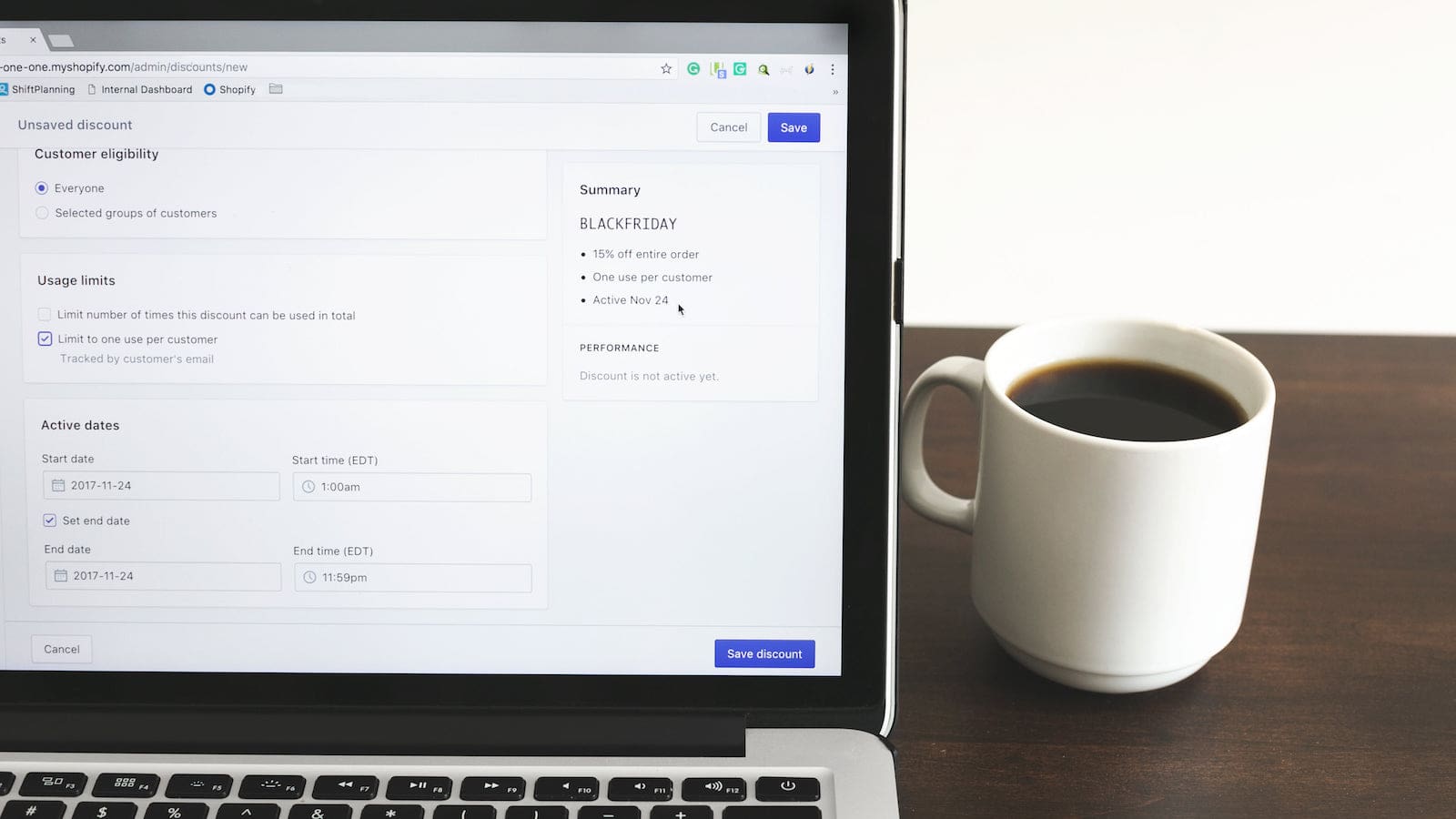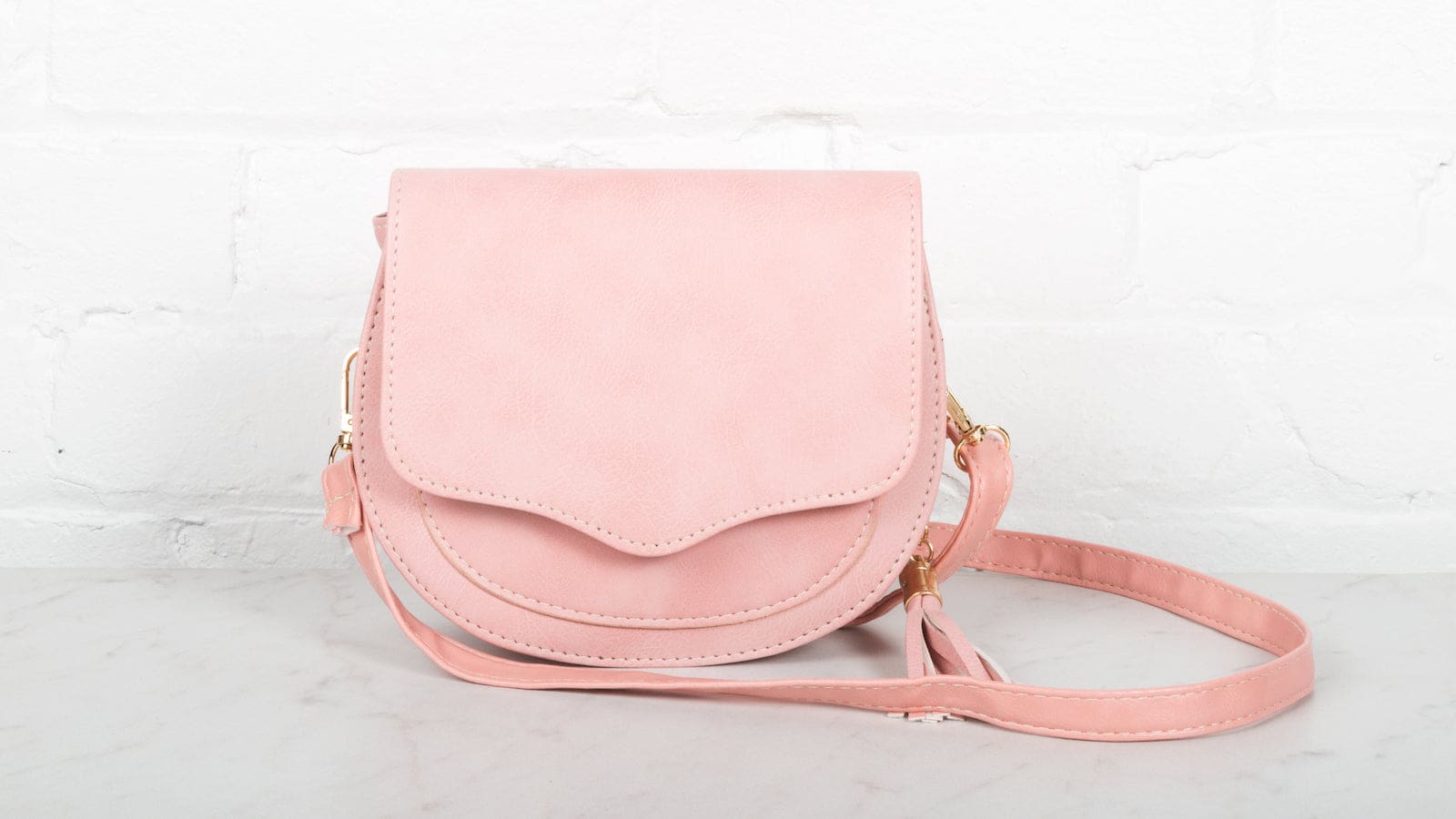Table of Contents
** Minutes
What does “awaiting fulfilment” mean?
Other order statuses explained
What is the difference between awaiting fulfilment, pending fulfilment, and awaiting shipment?
Reasons why the order might be awaiting fulfilment
3 ways you can improve your fulfilment process
In an increasingly connected and social-media-savvy world, communicating with customers is essential for success. This applies more to ecommerce companies as they cannot offer customers the immediacy and physical contact that brick-and-mortar shopping provides.
As an online retailer, you can try to make your customers feel more involved and informed by keeping them updated with the order progress.
Providing customers with order statuses is now a given. A whopping 98.3% of respondents in a survey expressed that they would want to be notified if their package was held up.
With adequate details on their fingertips, customers can better prepare for deliveries. But, despite all the information available to them, some order status terms like ‘”awaiting fulfilment”’ sound like jargons and may confuse them.
Has such a status left you baffled too? Worry not, we are here to break it down and help you make sense of it.
What does “awaiting fulfilment” mean?
“Awaiting Fulfilment” signifies that the process of picking and packing items (as per the invoice) into the right shipping boxes has begun. After this process, a shipment label is generated and the order is prepared for shipping.
Other order statuses explained
As an online retailer, you have a responsibility to understand the order fulfilment process and communicate it to your customers.
There are many stages an order goes through after it has been confirmed by the online merchant, starting from order placement to order fulfilment.
As an ecommerce business, you need to drive efficiency across all these stages. However, to optimise the efficiency of the order fulfilment process, order cycle time needs to be assessed.
Order cycle time is defined as the time taken between an order being placed to when it is shipped. Owing to increasing customer expectations for speedy deliveries, you should aim for a shorter order cycle as it can help deliver a more seamless experience.
Read on below to understand some of the key order statuses your customers are likely to witness in the order journey.
Submitted for fulfilment
Orders once paid for and confirmed by the online retailer are submitted for fulfilment. Such an update confirms that the order details (invoice) have moved from the ecommerce company to the logistics partner.
However, it may sometimes not show up on the tracking status notifications as often the aim is to move immediately to the fulfilment process.
If this update reflects when your customers use the tracking number link, it confirms that the payment has been accepted and verified and that the order is now on its way to fulfilment.
Pending fulfilment
This is the stage where the logistics partner company of the ecommerce business accepts the fulfilment request and initiates the process of picking and packing the products into the right shipping boxes. However, the fulfilment process is not yet complete.
“Pending fulfilment” is also interchangeably called “awaiting fulfilment” by many companies.
Sometimes you may also notice that the tracking information of the order says it is “on hold”. It means that some information is missing or required without which the order cannot be fulfiled. This could be related to missing customs information, incomplete label details, unclear packaging preferences, etc.
Once provided with the missing information or details, the order processing will re-initiate.
Partially shipped
A “partially shipped” status signifies that only a part of the order has been shipped. This happens usually when some goods are out of stock. Hence, the shipment is split. In such a case, the remaining order is mostly fulfiled at a later date.
Shipped
It is an important update in the order journey as it informs you that the order has been safely shipped via a courier company. If an online retailer has promised two-day delivery, it is usually calculated from this stage i.e., ship date, the date from when the order is shipped.
Usually, such an update is shared via a confirmation email or text with the customer and has package tracking details. From here on, updates such as “in transit”, “at the local hub”, “out for delivery” etc. can be expected.
Generally, all major shipping companies such as Australia Post, FedEx, DHL, UPS, etc. provide estimated delivery dates for the recipient to better plan delivery.
Delivered
The update that is the most satisfying of all the statuses for your customers is, “order delivered”.
It is only reflected when the shipment has been delivered to the recipient or is sitting outside their house or garage, waiting to be picked up.
Sometimes delivery services can wrongly label the order as delivered. In such cases, the customer should reach out to the online retailer to report the same.
Despite the amount of caution that couriers take, delivery exceptions may still happen. This means a package gets delayed for an unforeseen reason such as customs hold-ups, federal holidays, damaged labels, weather conditions, etc. It’s best that an ecommerce company prepares for these and keeps the communication channel open with customers.
What is the difference between awaiting fulfilment, pending fulfilment, and awaiting shipment?
An order undergoes many stages in its journey before reaching the hands of your customer. While we have discussed some of the key statuses expected in this journey, some updates may seem similar and can confuse your customers.
Read on below to get a better understanding of these.
Awaiting fulfilment vs. pending fulfilment
Both “awaiting fulfilment” and “pending fulfilment” mean almost the same thing, which is, that the order is being processed, picked, and packed into the desired package. This status also means that while the order is under fulfilment it isn’t complete and isn’t ready to be shipped yet.
A lot of ecommerce companies use these interchangeably to refer to the same thing.
Awaiting fulfilment vs. awaiting shipment
“Awaiting shipment” means that the order is ready to ship but the courier hasn’t picked it up or it has not been dropped off at the courier yet.
“Awaiting fulfilment” on the other hand means the order is being processed and is not ready to ship yet. Products in the order are being put together in an appropriate box for shipment.
“Awaiting shipment” is the next logical step in the order journey after “awaiting fulfilment”.
Reasons why the order might be awaiting fulfilment
“Awaiting fulfilment”’ is a stage in the order journey that usually happens quite fast owing to the present-day swift logistical solutions. If a customer isn’t closely following the order updates, this stage can be missed easily.
However, if a product is out-of-stock or some gaps in the order exist, you can expect this order status to reflect for longer.
It should be a fast-changing order status but if it hasn’t changed for some time, below are some possible reasons that could be causing the order to be stuck at this stage.
Inability to locate the items
A delay in fulfilment can be caused by the inability to locate items as per the order. It tends to happen because of improper warehouse organisation, unclear communication, etc. It could be for one of these reasons why the order status is stuck on “awaiting fulfilment”.
To avoid such unnecessary delays, it is important to plan inventory positioning. Inventory positioning is both the physical position of your inventory in storage and also its overall position in the supply chain.
There are many things to be wary of when planning inventory positioning, from ensuring that heavy or large SKUs are kept on lower racks to making sure that high-volume products are accessible.
Many ecommerce companies have chosen to avoid the struggle of managing inventory by outsourcing it to ShipBob.
ShipBob takes your inventory and stores it close to your customers in one of our many fulfilment centres. And our team of warehouse employees slots your inventory efficiently to make the fulfilment process as smooth as possible.
Improper inventory management
Brands undergoing growing pains can sometimes experience improper inventory management leading to “out-of-stock”, ”back-ordered”, and misused storage situations. All this can result in orders “awaiting fulfilment” for longer periods than desired.
If your business is growing you need to implement systems that can handle the increasing volumes and work. In such a scenario, partnering with ShipBob, a 3PL expert with order fulfilment solutions and a built-in inventory management software may be beneficial.
3 ways you can improve your fulfilment process
Unlike the physical shopping experience, ecommerce customers’ first point of physical contact is when they receive the order package.
While many online retailers may concentrate on the pre-purchase experience, it is the post-order placement experience that is critical to repeat purchases. As many as 72.7% of respondents in a survey said they are likely to not shop from an online business after a poor delivery experience.
In a competitive world, where the likes of Amazon have upped the customer expectations to fast same-day, next-day, two-day delivery standards, if your brand is delivering anything short of a delight, it’s missing opportunities.
As a growing D2C business, you need to constantly push the envelope and adopt practices that optimise efficiency.
Here are some ways you can make improvements in your order fulfilment process to heighten the customer fulfilment experience.
Improve your returns process
While many perceive returns to be a cost-centre, it can be an opportunity to get feedback and deliver a remarkable customer experience.
There are two broad categories of returns, controllable and uncontrollable. Controllable returns are caused due to lack of clear communication, packaging troubles, shipping delays, etc. And as the nomenclature suggests, it can be avoided if dealt with carefully.
Uncontrollable returns however are out of a brand’s control and depend on the customers’ intentions. For example, many businesses in the apparel industry face “serial returns”. It is the practice when customers purchase many sizes of the same article or many different articles with the intent of returning the ones they don’t like.
If you are a brand that is looking to become more efficient with your controllable returns you can do the following:
- Engage with your employees involved in returns management to make amends wherever possible (say packing process needs improvement etc.)
- Take into account customer feedback on products returned
- Communicating a clear returns policy is a must on your website
- Improve your inventory management
- Communicate the product details and use visuals close to the actual product to avoid gaps
- Use ShipBob’s fulfilment solutions with capabilities to manage returns for you. It alternatively also lets you easily manage your returns by way of integration with popular ecommerce returns platforms
Automate order processing
If you are looking to scale your business but are not sure of how to handle the increasing workload, choose automated order processing. Simply put, it involves using technology to process orders faster without manual intervention.
Using technology helps reduce the scope of human error, improves operational efficiencies, and enhances the speed of fulfilment and shipping processes.
Order processing automation is no longer only used by larger ecommerce businesses. Today, smaller retailers also recognise the efficiency benefits of engaging with a third-party logistics company like ShipBob which offers automated order management processes.
Forecast demand
If you are looking to provide more of a seamless experience to your customers, it’s important to spend less time on some steps such as “awaiting fulfilment”. And to do so, you need increased control on your inventory planning.
An important component of inventory management is forecasting. With forecasting, you get more knowledge and data to better understand the effect of promotions on stock, movement of SKUs, inventory restocking, etc.
It is good practice to use a third-party logistics company like ShipBob, which offers a built-in dashboard that allows brands to easily track inventory and orders in real time, and assists with inventory forecasting.
How can ShipBob help you improve your order fulfilment
Running an ecommerce business has its challenges. Thanks to ShipBob, logistics management needn’t be one of them. This is why many ecommerce companies have partnered with us to optimise and streamline logistics processes.
ShipBob offers you best-in-class fulfilment solutions with the promise of top-notch technology. Once we are onboarded, you can expect increased order accuracy, a better view of the inventory and shipments with SLA badges, and increased control over customer and shipping details.
ShipBob also has a network of fulfilment centres across the world that make it possible to get your products to customers faster and more affordably.
For a business looking to scale, outsourcing logistics and fulfilment to a trusted 3PL expert like ShipBob is meritorious. At ShipBob, we can provide you with end-to-end supply chain fulfilment solutions so that you can focus on the key growth drivers of your business.
Are you ready to take your order and customer fulfilment experience to the next level? Get in touch to see if ShipBob is a good fit for your retail business’ unique order management needs.
FAQs
Awaiting fulfilment FAQs
Here are answers to the top questions about awaiting fulfilment.
What is awaiting fulfilment?
When an order has been paid for and accepted by the online retailer, the invoice moves from there to the fulfilment partner. “Awaiting fulfilment” is that stage where the process of picking and packing products as per the order is initiated by the fulfilment company. But, the order is yet to be fulfiled.
How long should I expect an awaiting fulfilment status to last?
Due to technological advances, “awaiting fulfilment” is a quick, short-lived step. However, sometimes owing to improper warehouse management, gaps in inventory management, etc. the order could get stuck at this stage for a couple of extra business days.
What is the difference between awaiting fulfilment and processing?
An order goes through many steps once the customer makes the purchase. It is “submitted for fulfilment”, “pending fulfilment”, “awaiting shipment”, “shipped”, etc. All these steps are integral parts of order processing.
“Awaiting fulfilment” is one such part of the entire order process which comes after the order has been received. At this stage, it is picked and packed into appropriate boxes and readied for shipping.
What is the result of awaiting fulfilment?
After the order goes through this stage, which means it has been picked and packed as per the invoice, it is readied for shipping. A shipment label is generated and the status of the product should move to “awaiting shipment”. It means it is to be picked up or dropped to the courier of the fulfilment company.
However, since advanced logistical companies try to deliver quickly, your customers may miss these steps in the blink of an eye. “The order has been shipped” would be a common notification that they are likely to get after the order has been picked by the courier.



